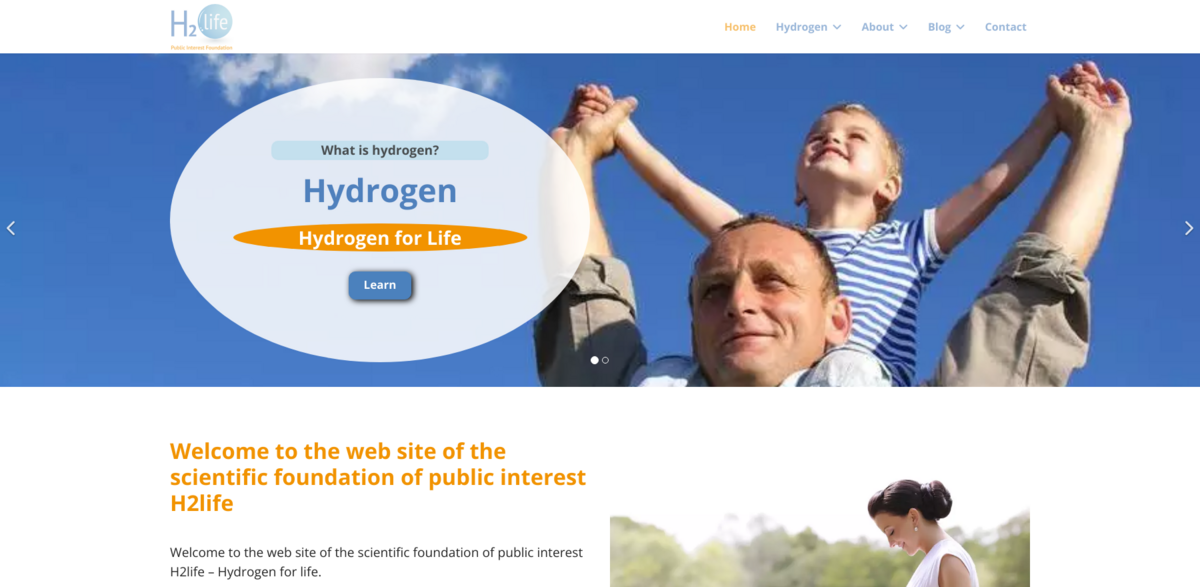What is the Scientific Foundation of Public Interest H2life?
Welcome to the world of H2life – Hydrogen for life. This scientific foundation is all about promoting clear, objective info on renewable energy and the role hydrogen plays as an energy vector. The mission? To push forward the use of hydrogen and renewable energies to protect our climate, cut down toxic and noise pollution, boost local economies, and help us all move toward energy independence. Plus, it aims to lower the real costs of energy. Sounds pretty important, right?
Main Benefits of Hydrogen Energy
Hydrogen’s got a lot going for it. Here are some key facts and figures that show why it’s such a game-changer:
- Hydrogen powers fuel cell vehicles, producing electricity cleanly on the go.
- It can heat houses efficiently and cleanly.
- Hydrogen is great for producing and storing electricity.
- It’s used as a chemical agent in industries like steel manufacturing.
- Hydrogenation of foodstuff relies on it.
- It helps process fossil fuels through hydro-cracking.
- Essential in producing ammonia, especially for agricultural fertilizers.
Why Hydrogen is a Perfectly Clean Energy Vector
Hydrogen is what’s called an ‘energy vector’—meaning it needs to be separated from molecules like water or methane before it can be used. This separation takes energy, sure, but once you’ve got hydrogen, its use only emits water vapor. No greenhouse gases, no particulate matter, no pollution. Nada. It’s a clean energy dream come true.
Green Hydrogen: The Future We Need
Green hydrogen is the real star here. It’s made by splitting water into hydrogen and oxygen using electricity from renewable sources like wind, solar, or tidal energy. The best part? When hydrogen is used later to produce electricity, the only by-product is water vapor. So, it’s a renewable cycle—from water back to water—replacing polluting fossil fuels. Plus, hydrogen cars powered by fuel cells are super efficient. They use about 1kg of hydrogen to travel 100km, recharge in under 3 minutes, and offer better power and range than batteries. Pretty impressive, huh?
Solving the Solar and Wind Energy Puzzle
Solar and wind energy are fantastic but… they can’t be produced on demand. Sometimes there’s too much energy, sometimes not enough, leading to wastage or shortages. Here’s where hydrogen shines again. Excess electricity from windmills and solar panels can be converted into hydrogen, stored, and later used to power vehicles or heat buildings. When tech gets cheaper, stored hydrogen can even be turned back into electricity with fuel cells, acting as an energy buffer without pollution. It’s like having a backup plan for renewable energy!
Impact on Sustainable Development Goals (SDGs)
- SDG 7: Affordable and Clean Energy – promoting renewable hydrogen energy.
- SDG 9: Industry, Innovation, and Infrastructure – advancing new hydrogen technologies.
- SDG 11: Sustainable Cities and Communities – reducing pollution and noise.
- SDG 13: Climate Action – cutting greenhouse gas emissions.
- SDG 8: Decent Work and Economic Growth – creating jobs in the hydrogen economy.
Challenges and the Road Ahead
Of course, building the hydrogen economy isn’t all smooth sailing. There are some hurdles to jump over: the cost of new tech is high at first, and people sometimes have irrational fears about hydrogen safety—even though it’s lighter than air and doesn’t accumulate. The limited number of hydrogen filling stations is a real barrier for buyers. Plus, spreading the word about hydrogen’s pros and cons is crucial to raise awareness. And let’s not forget, regulations need to catch up with this new tech. But with time and effort, these challenges can be tackled, paving the way for a cleaner, greener energy future.





















